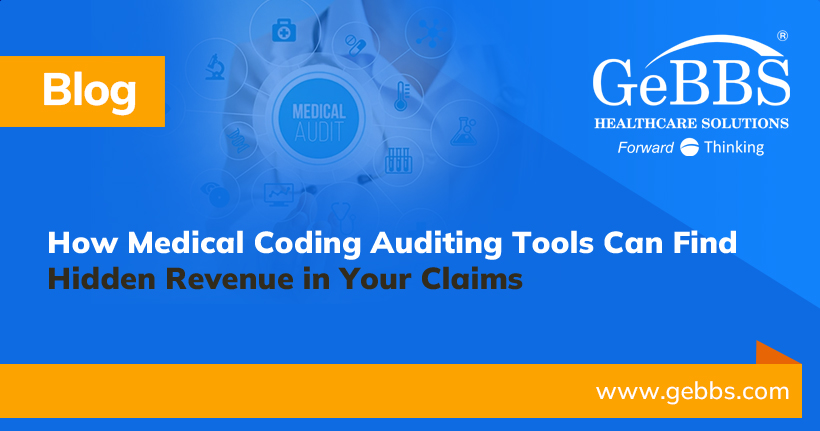The world of risk adjustment is tricky – but critical to ensuring payers are fairly compensated for covering patients who are more likely to incur high healthcare costs. With risk adjustment, government programs such as Medicare and Medicaid will adjust the revenue provided to a health plan/payer based on the health of those covered.
Specifically, in a risk adjustment model, an actuarial tool determines an estimate of how much it’s likely to cost to care for and/or cover a patient based on their current and previous health history, demographics, and other relevant health factors.
Once an individual’s risk has been calculated, they’re assigned a risk adjustment factor (RAF), or a score that is indicative of their inherent risk for incurring higher medical expenses. While healthier, younger patients tend to have a lower risk adjustment factor, those who have chronic medical conditions or are older may have a higher risk adjustment factor. With that said, it’s clear to see that the determination of a patient’s RAF is critical to the effectiveness and accuracy of these models.
How Are Risk Adjustment Factors Determined?
Health conditions and diseases are categorized by either body system or disease process, resulting in a total of 79 hierarchical condition categories known as HCCs. While there are numerous risk adjustment models out there, most use these HCCs – which are actually dependent on the 70,000+ ICD-10 diagnosis codes. Each HCC has an associated risk weight that helps to determine the RAF.
The Importance of Risk Adjustment Chart Review and HCC Coding
Since RAF scores are reliant on accurate ICD-10 codes, accurate risk adjustment coding is critical to any payer participating in risk adjustment programs. While HCC coding is a model that works, it’s based on patient’s diagnoses instead of just the services provided to the patient – thereby making it significantly more complex. Because of this, HCC coding is heavily dependent on both provider documentation and complete and accurate coding. Inaccuracies at either end of the spectrum can result in costly errors that could result in serious risk adjustment charges from government payers.
Whether you’re a government payer or a risk-bearing provider, an effective risk adjustment coding (HCC coding) program can help ensure the accuracy of your risk adjustment factor determination, and therefore has a significant impact on your bottom line. Real-time risk adjustment factor (RAF) reporting can help payers and providers alike understand how diagnoses affect the overall RAF score – and how to improve it with proper education and documentation.
Check and Check Again
To ensure accuracy and to avoid sizable penalties, payers can focus on improving HCC coding by performing ongoing risk adjustment chart reviews. Similarly, identifying opportunities to improve provider documentation through just-in-time training can be achieved with real-time RAF score reporting. These steps will help payers ensure they’re getting appropriately compensated for insuring patients with complex medical needs.
At the same time, all organizations and payers are at risk for a government audit of their program, known as a Risk Adjustment Data Validation (RADV) audit. CMS conducts RADV audits randomly, or on a targeted basis for plans that have been red-flagged for some reason (often due to a large increase in risk scores). The best way to prepare for such an audit is to be in a constant state of readiness. To do so, it’s important to continuously review your performance through a regular audit processes. By engaging an external outsource partner for specialized auditing, you’re likely to get a much needed expert perspective as well as the benefit of utilizing technology tools and platforms that specifically provide valuable actionable data to use in ongoing performance improvement and educational efforts.
GeBBS Risk Adjustment Services
Getting the most out of shared risk programs requires a continued, expert focus on risk adjustment. This comes with an in-depth evaluation and understanding of your data – and an outside look is often the most effective way to truly get it right. Whether you’re a payer or other risk-bearing entity – GeBBS can help you maximize the impact of risk sharing programs for your organization. Our risk adjustment services provide an accurate, real-time look at your risk scores – based on a comprehensive and ongoing review of your data. With a proven service delivery model that takes chart review to the highest level, by ensuring timeliness, quality, accurate documentation, and optimal results. GeBBS’ end-to-end technology integrated solution maximizes Risk Score Accuracy, HCC Submissions, Mitigates RADV Risk, and enables health plans to ensure correct, compliant, and secure processes that deliver on desired ROI and overall financial performance.
Services Include: Medical Record Retrieval, Risk Adjustment Chart Review (for HCC coding), RAF Score Reporting, HEDIS Abstraction/Workflow and Solutions, Quality Review/Auditing Services, as well as Provider Education and Support.
To learn more, visit www.gebbs.com






